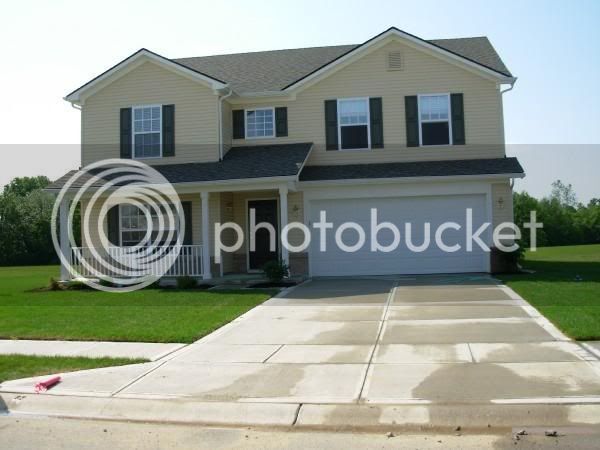BrewBeemer
Well-Known Member
I really dont think that I can accomplish building an E-keggle... I can fly a plane, but this stuff is way out of my league. Wiring a PID, to an SSR and programming it to modulate duty cycles etc... what the heck.
Pol; sorry I had to LMAO on your above reply, pilot mechanic thing you know what i'm talking about. I'm an 'ex licensed A&P had both by 21 but got out of aviation back in 76 when United had massive layoffs. That was a bad era for aviation back then. I played with big planes and engines not general avaition (it was trouble, crap and low pay) back then except the Stearman's (3) my friend had for pulling banners. I had one flaw I purchased a complete which was rare kit back then the 70 hp BD-5 B long wing. On the Stearman's it was Damn cold in those things over the S.F. bay area as I few it many times once upstairs. I made and welded up six 4130 5 point grapneling hooks to snag the banners. Kind of trick how it's done lifting banners off the deck. Became a union electrician in 77 and now retired nuff said.
Back to topic at hand;
After looking at that 555 timer unit which is trick I must add, power supply and everything that goes with it posted above why not make it simple and use a PID that has the manual control feature, add the next oversize in amps the SSRD and heat sink need to be for long life and be done with it? Clean and simple. Not those cheap PID's that have no manual control feature so look out before purchasing. Call around or email different manufactures they will gladly tell you what model works best for our type of use. Brand is your choice like the chebbie Ford thing. This way you can fine tune the elements output from 0-100% time on control for your boils. PID units come with wiring instructions i'm sure manufactures want their products to be easy to wire in the field and program. If not their competition would have a bigger part of the market.
I recall as I type that 6,500 watts was mentioned? Be careful about having any scorching problems. I would only use ULD elements. JMO's.























![Craft A Brew - Safale S-04 Dry Yeast - Fermentis - English Ale Dry Yeast - For English and American Ales and Hard Apple Ciders - Ingredients for Home Brewing - Beer Making Supplies - [1 Pack]](https://m.media-amazon.com/images/I/41fVGNh6JfL._SL500_.jpg)



































